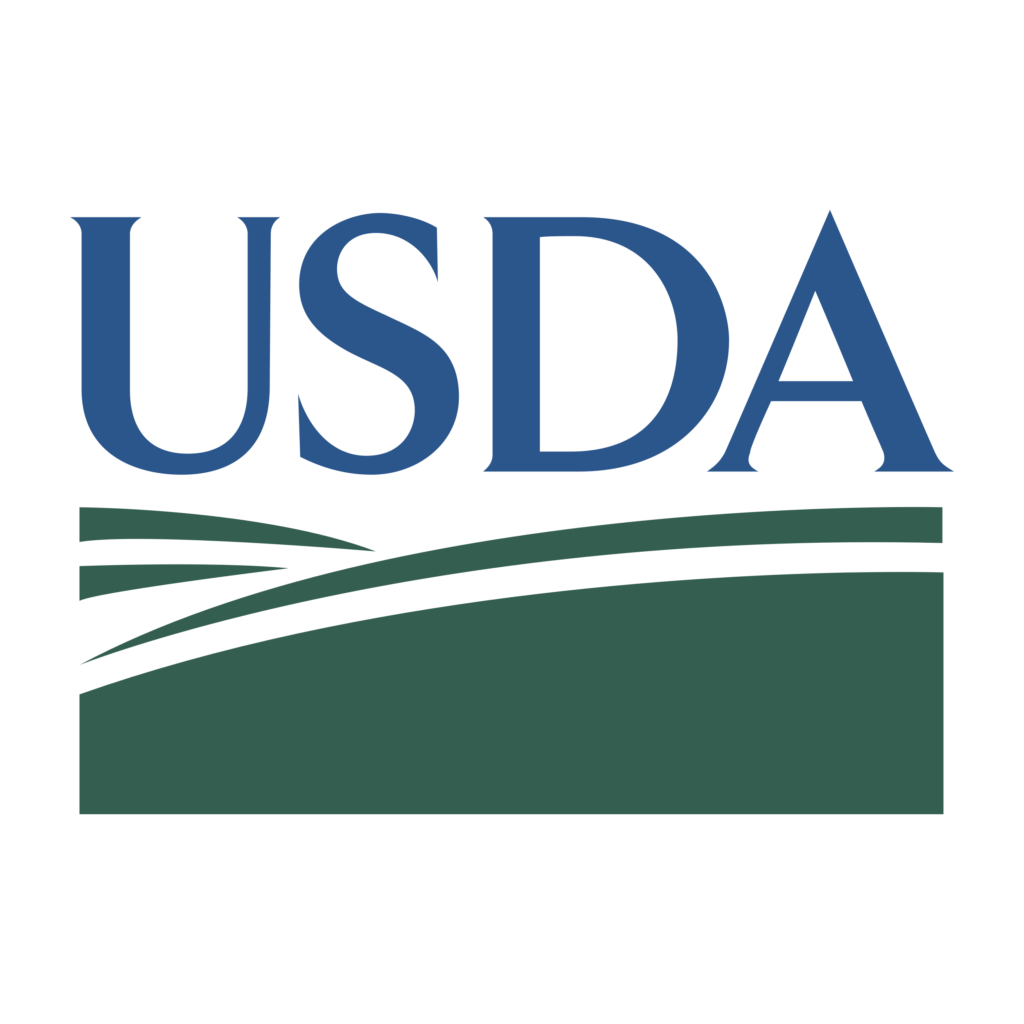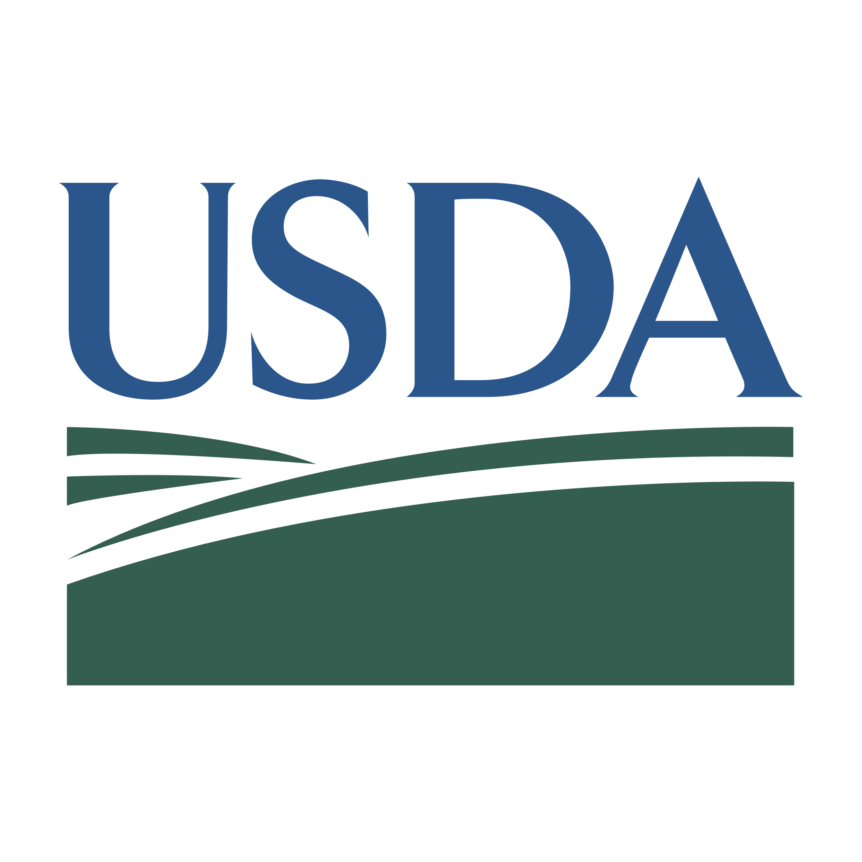WASHINGTON – The U.S. Department of Agriculture (USDA) announced this week an investment of $1.7 billion for purchase of locally and regionally produced foods and domestically produced foods for emergency food assistance. These investments, made possible by the Commodity Credit Corporation (CCC), will help American producers by ensuring they have the certainty of access to local and regional markets as well as the financial benefits that come with selling directly to institutions.

“The investments USDA is announcing today provide immediate and long-term assistance to American farmers, families and communities,” said Agriculture Secretary Tom Vilsack. “By delivering food from domestic producers to schools, childcare facilities and emergency feeding organizations, we’re securing local and regional markets for those farmers and ensuring our students, young children and neighbors in need are getting nutritious, reliable meals. These types of investments keep local economies strong and help build resilient food systems with lasting impact.”
Many of these initiatives build on previous investments in local and regional food systems that have helped many farmers find new markets and recover from supply chain disruptions. Local and regional commercial opportunities are especially important for small- and mid-sized farming operations in the aftermath of natural disasters. These funds respond to pre-existing needs that Hurricane Helene has exacerbated and provide an early foundation for future disaster assistance and long-term recovery efforts.
With funding made available from the CCC, USDA is providing:
- $1.2 billion to support local food purchases with schools, childcare facilities, food banks and other institutions; and
- $500 million to purchase domestic commodities for emergency food providers.
Local Food Support
USDA is providing $1.2 billion for local food purchases that food banks, schools, and childcare facilities will integrate into their meals for the coming year. This funding builds on previously provided local food support and creates new marketing opportunities for small- and mid-sized producers and food businesses. Past funding has provided much needed assistance to schools and food banks as they grapple with acquiring enough food to meet the needs of their recipients. Continued investment in local purchasing allows producers to expand, invest in infrastructure, and solidify new connections that support resilient regional food systems while providing healthy products to food recipients.
Of the funding, $500 million will be made available for states, territories, and Tribal nations to purchase local foods for emergency food providers and underserved communities, while another $500 million will allow school meal programs to make local food purchases. For the first time, USDA will also provide $200 million in funds specifically for childcare facilities, which face similar challenges purchasing food as schools.
This builds on USDA’s popular Local Food Purchase Assistance Cooperative Agreement Program (LFPA) and Local Food for Schools Cooperative Agreement Program (LFS), both of which were created in response to the COVID-19 pandemic and strengthened local relationships between producers and their communities, providing new markets for producers and jobs and opportunities in local communities.










